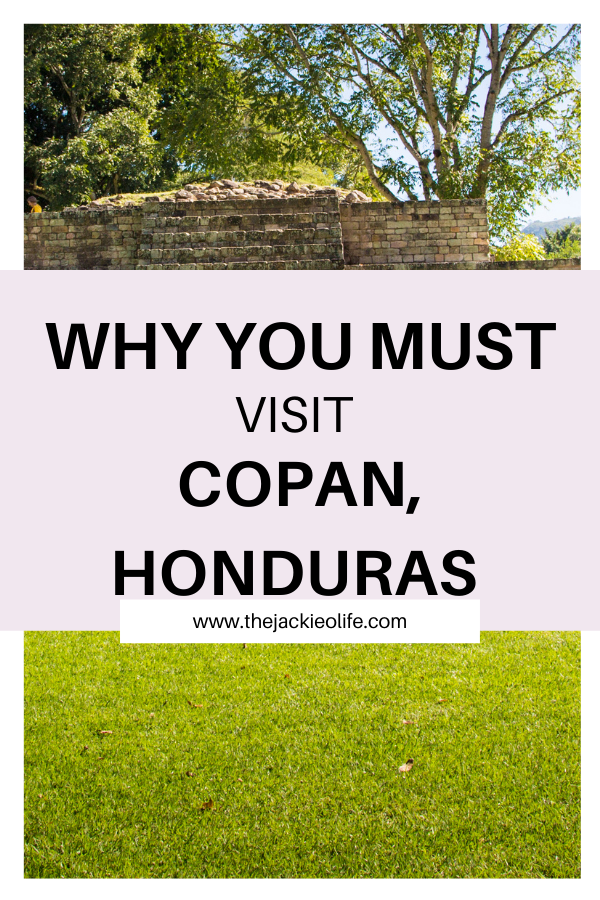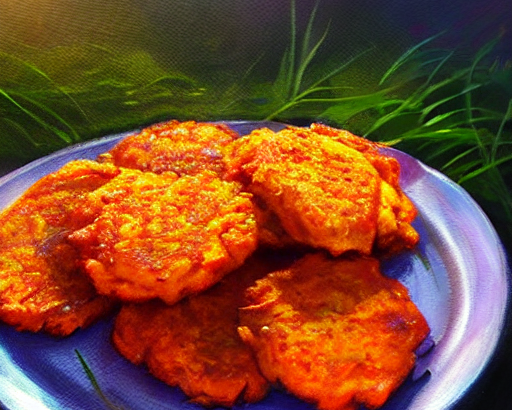IF COPÁN, HONDURAS ISN’T ON YOUR LIST TO VISIT, IT SHOULD BE. . .

My goal for this year is to visit every country in Central America with Baby Ruth.

We took a microbus (a small shuttle bus) from Sunzal, El Salvador to Copán, Honduras. We had an amazing time in El Salvador and I didn’t know what to expect from Honduras. There was a woman on our shuttle bus who described Copán as like Antigua in Guatemala but cuter. I didn’t know it then, but I do now and that description is spot on.

La República de Honduras is located in Central America and bordered to the west by Guatemala, to the southwest by El Salvador, to the southeast by Nicaragua, to the south by the Pacific Ocean at the Gulf of Fonseca, and to the north by the Gulf of Honduras, a large inlet of the Caribbean Sea. The Scarlet Macaw is the national bird. he city of Copán is in western Honduras close to the border with Guatemala.
W stayed at Hotel Plaza Yat B’alam close to the center of Copàn. We absolutely LOVED this hotel. It wasn’t fancy, but it was a very cute boutique hotel and the staff was super friendly and helpful. They adored Baby Ruth and did everything within their power to keep her content. The hotel felt safe and the bed was quite cozy.

Breakfast in the hotel cafe was included each morning.
If you are interested in ancient Mayan civilizations, then Copán is your city. The ruins are the reason to visit the city. Copán was occupied for more than two thousand years,
In 1980, the Ruins were declared a Archaeological World Heritage Site
by UNESCO. They were initial discovered in 1570 by Diego García de Palacio and have become the most important sites of the Mayan civilization.
I would not recommend exploring the ruins without a guide. The history and cultural context you get by using an official guide can’t be beat, plus you are helping to support the local economy. I was worried that 2 full days of touring would drive Ruth mad, but we had the most amazing guide named Juan Carlos. He was extremely knowledgeable and answered all my questions with precise detail.
The Great Plaza

The Tunnels
They are underneath the Acropolis and extend for over 4km of tunnels but only two are open to the public: Rosa Lila Tunnel and Los Jaguares Tunnel.
The Hieroglyphic Stairway
This stairway is the longest known text of ancient Mayan civilization to date, and archaeologists are still studying and deciphering the whole meaning of the hieroglyphic writing.

Las Sepulturas
The ancient Mayans kept their death close as in they buried them under their homes. Las Sepulturas (the burials) got its name due to the many burials found under each house. The ruins provide insight into how the ruling class lived on a day to day basis.


Ruth enjoying her time at the ruins.
Share this post:






